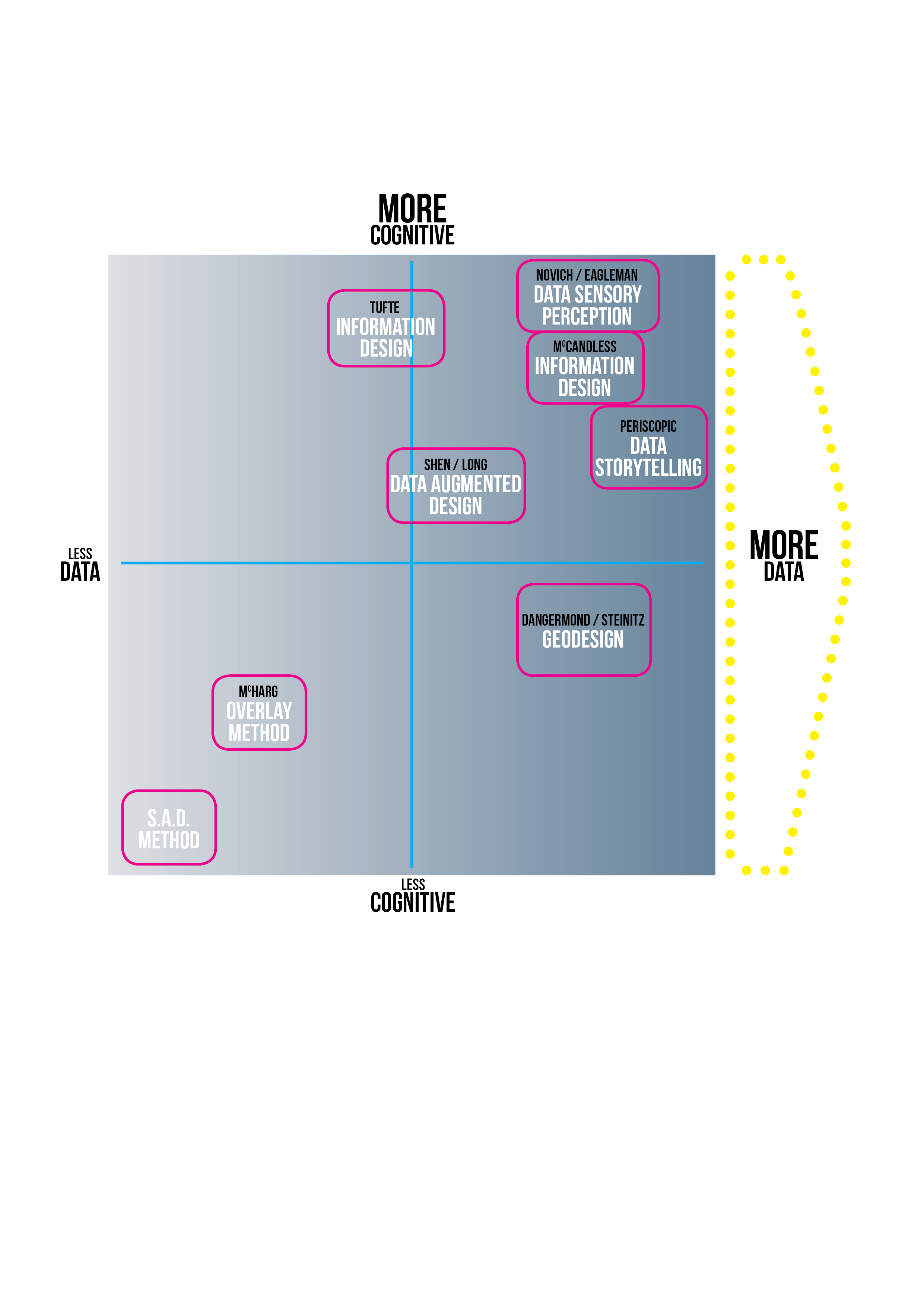Data for design - the Digital Landscape Architecture conference
Data is used for site design on a daily basis and big data is becoming more and more important for informing design decisions“, says Don Royds, Lecturer in digital landscape architecture at Lincoln University’s School of Landscape Architecture.
Royds has recently returned from the 19th Digital Landscape Architecture conference which was held at the Weihenstephan-Triesdorf University of Applied Sciences in Munich, Germany where the theme was “Landscape Architecture in a Big Data world”. He presented a paper that looked at the challenges for landscape architects of working with big data, and the current approaches used to analyse and digest such large datasets. “More and more data is being collected and shared through human-sourced data, such as Twitter, and through agency supplied data, such as data.govt.nz,” Royds says. “There’s an avalanche of data and we can’t afford to ignore it or put it into the ‘too hard’ basket.
Don Royds presents at the 19th Digital Landscape Architecture conference
“The crux of what I have found is that the landscape profession tend to be reliant on a particular slice of big data – data with coordinates attached aka ‘geospatial data’. This focussing in on this type of data leaves other formats and categories of big data, such as video footage or social data, outside of the scope. To make full use of big data, we need to look at all the available datasets including the ones that aren’t easily dragged and dropped into a piece of software but instead require a bit of time to process”.
Royds says that other techniques and processes can be used to complement current approaches and these can include building Infographics or working with data visualisation.
The conference was held at the Weihenstephan-Triesdorf University of Applied Sciences in Munich, Germany
The conference provided the opportunity to not only discuss and present how landscape architects are using big data, but also Virtual Reality / Augmented Reality/ drone / UAV technology and algorithm landscapes. Royds says that having some of the best and frontier thinkers in one place made for a great way to connect and potentially expand some of the current methods.
Presenters from around Europe, North America, Asia and Australasia brought unique perspectives to tackling common issues, with academics and practitioners sharing knowledge. The award for best scientific paper at the conference was awarded to a team of four Norwegian practitioners who were working with BIM.
Don Royds says the conference looked at how landscape architects are using big data.
Although the conference theme centred on big data, the focus on a range of digital aspects was broad with presenters demonstrating how UAV data can be used to create 3D DTMs, ways to integrate BIM with GIS, Geodesign and climate change, as well as applications of augmented and virtual reality.
Virtual Reality is something that has been ‘played around with’ for a while, Royds says, but the big jump is yet to happen. Things will get exciting when we can finally build a landscape proposal in 3D, put the VR goggles on, and make live edits such as adding a path or shifting a car park, he believes.
“Gone are the days where Landscape Architects would just pop down to site, take a few measurements then head back to the office and design something. Digital tools, including working with big data, are very much a part of today’s design process.”
The research that was presented at the conference has been included with other papers into the latest edition of the open-access Journal of Digital Landscape Architecture and can be read here
Data is becoming more and more important when making design decision.



